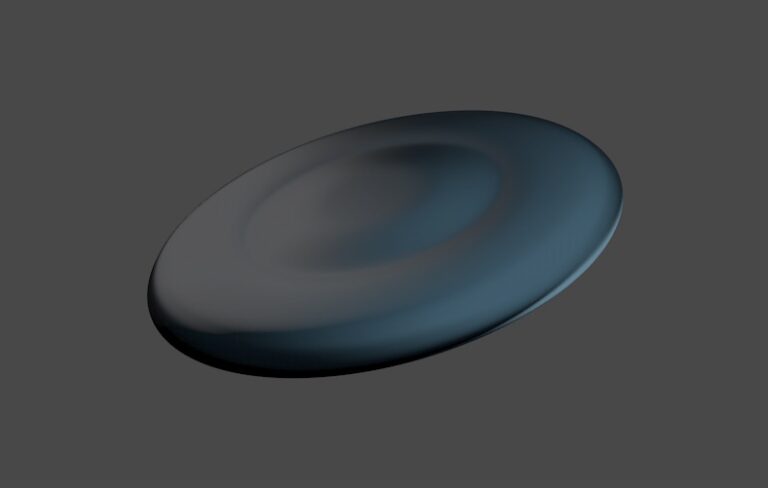It all starts with a word. Then comes the action. Action being redone many times, until something worthwhile is obtained, or until it dies.
Somewhere between these readjustments hides, what I evaluate as one of the main successful components of any product.
His Majesty — Design.
It’s not just a beautiful site or a modern logo, it’s not even the sensual forms of a polished metal or an illuminated contour of a red Ferrari in a black room. Design for me, first of all, is simplicity. Then comes comfort. And last but not least — aesthetics.
Nothing extra, nothing distracting from the main function; an elegant and most importantly — a minimalistic solution to the main task. Lobster has already demonstrated the success of this approach, so the underwater radio must also be thought out thoroughly.
We got together with the designers, I articulated the concept of the device and armed, some with photoshop, some with a pencil — we started to draw.
So, we need a device that will transmit sound to the swimmer under water.
1. It should not interfere with swimming.
2. It should be without wires.
3. Ears should be free.
It was immediately decided that we would use bone conduction — the conduction of sound to the inner ear primarily through the bones of the skull. Usual bone conduction headphones are located on both sides of the temples, next to the ears. Looks good.
Look at them swimming beautifully…Yesi t is good for posters and brochures.
I, myself, have been swimming with similar headphones — music players. And it was bad. Always.
Because, in fact, it’s torture. If you swim correctly, then doing the crawl or the backstroke your forearm touches the ear on each stroke and, respectively, brushes against the headphones on your temples. As a result — the hand is rubbed sore in one place, the headphone rubs against the temple and the brains begin to boil, instinctively trying to move the hand away from the irritant in the ear and, at the same time, breaking the technique.
We won’t step on the same rake and will make an underwater radio receiver for swimmers. Truly for swimmers — not for posters and beauty shots, but for people, who come every day and do lap after lap in the swimming pool. Therefore, our device will be placed on the back of the head, without disturbing anyone.
Moreover, we are not even bound to the back of the head — the receiver can be placed anywhere under the cap!
Next is the form. First thing that comes to mind — a circle: black and small. Let’s call it for now a “pluck”. Seems fine to me. The only bone speaker will be centered. And on the back, add the power button. That’s it. The rest is unnecessary. Ruthlessly cut it off with Occam’s razor.
What could be easier? You place it anywhere on the skull, under the cap and, using bone conduction, hear the voice of the trainer right in the middle ear. Wonders!
When it is clear what we are creating, for whom, how it should work and what is the main function — we can start sketching.
And some 3D.
In brief, the form factor, dimensions and functionality became clearer and we passed them to the engineers. They laughed at us for a long time…
Dreamers! How about putting a long-wave receiver in a button? Haha!
We’ll see who has the last laugh ????















